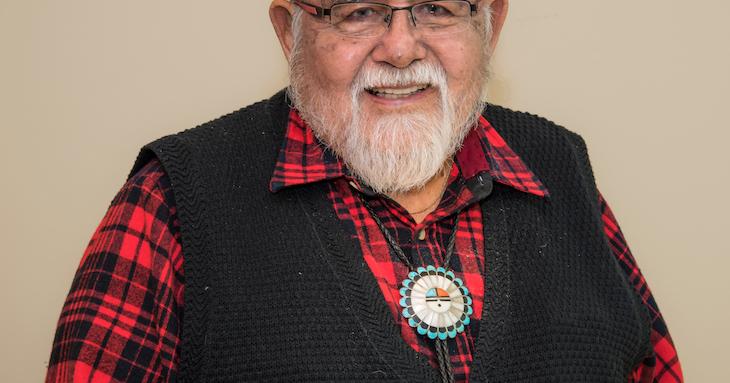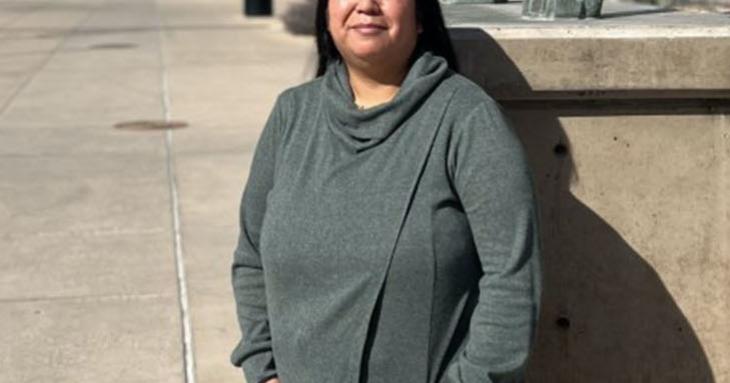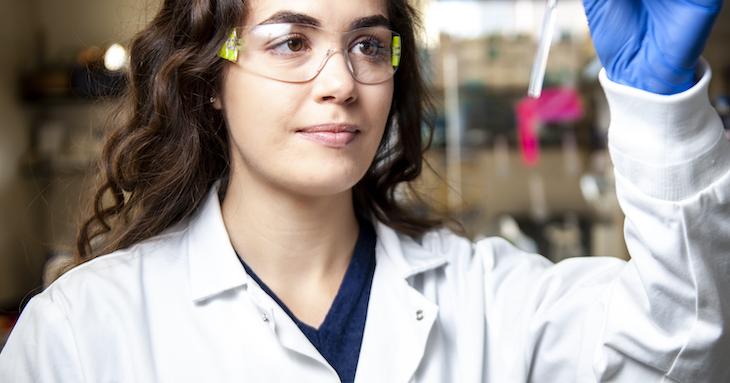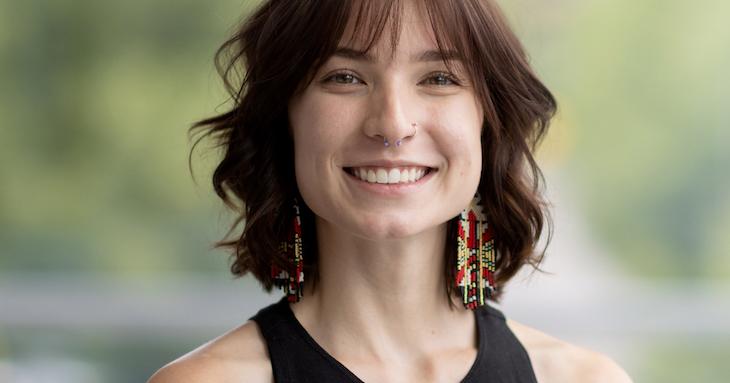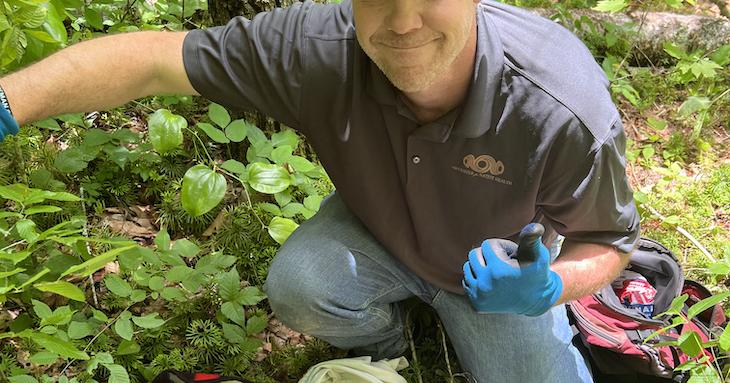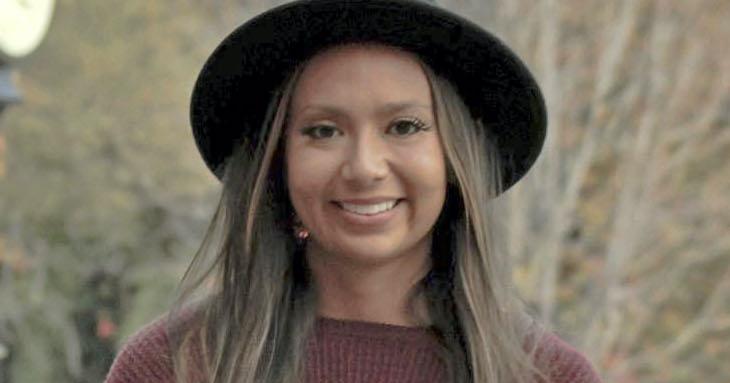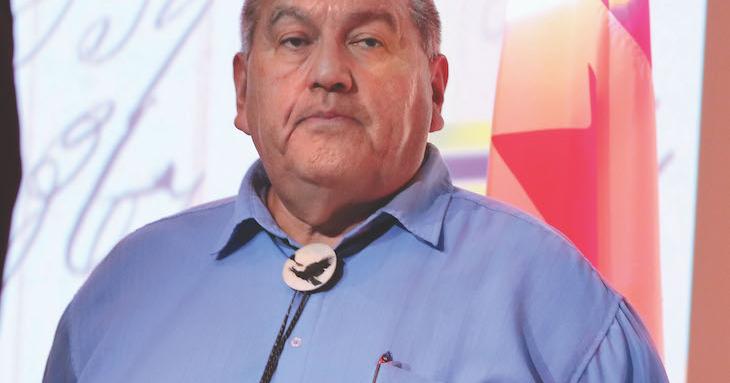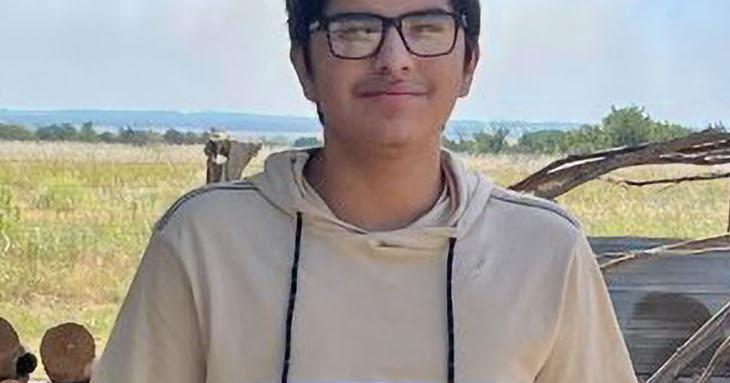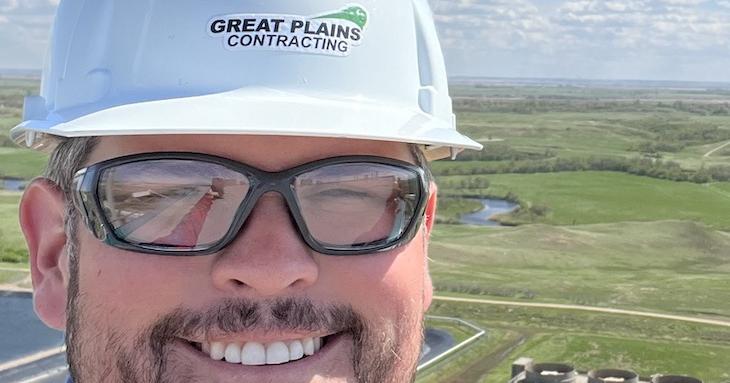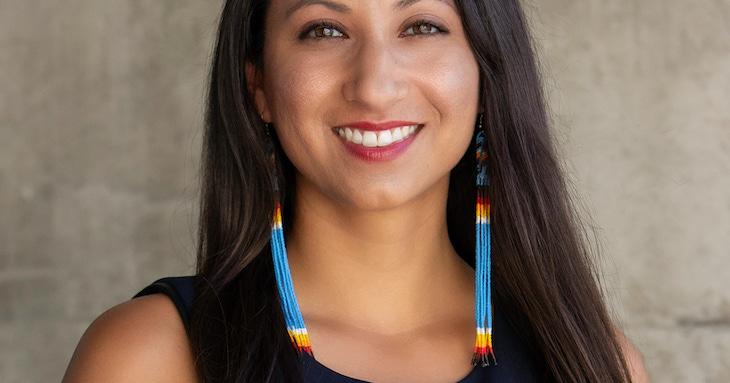-
Dr. George Blue Spruce | Laguna and Ohkay-Owingeh Pueblos | Dental Medicine
Tenacious, dedicated, determined — those characteristics begin to describe Dr. George Blue Spruce. He is the first Native American dentist, an AISES elder, and for eight decades a relentless advocate for dental education and services for and by Indigenous people. Now 92, Dr. Blue Spruce has no intention of retiring. He currently serves as the assistant dean for American Indian Affairs for A.T. Still University–Arizona School of Dentistry and Oral Health.
-
Dr. Lani Tsinnajinnie | Diné | University of New Mexico | Community and Regional Planning
Working on water resource and environmental issues, often in support of Native communities, is at the heart of what drives Dr. Lani Tsinnajinnie, Diné. Now an assistant professor in the Department of Community and Regional Planning at the University of New Mexico (UNM), she grew up in the remote community of Na’Neelzhiin, N.M., where she saw firsthand the need for clean drinking water for rural residents. “Although the house I grew up in had running water, nearly half the households in Na’Neelzhiin did not,” she says.
-
Stephanann Costello | Aleut | Montana State University | Biochemistry
AISES National Conference graduate research award winner, PhD candidate, and aspiring professor, Stephanann Costello is quickly becoming a global expert in a fatal disease. “I’m part of an interdisciplinary team studying a rare neurodegenerative disease called Familial dysautonomia. This disease is inherited, so these patients start exhibiting symptoms when they are infants. There is no known cure, and most therapies only target symptoms,” Costello explains.
-
Jordyn Cates | Okanagan Indian Band | University of British Columbia | Clinical Psychology
Jordyn Cates’ journey toward a career in clinical psychology has been a process of unraveling her family’s past to reconnect with her Indigenous roots. A member of the Okanagan Indian Band, she’s come to realize that her decision to study nearby at the University of British Columbia’s Okanagan campus (UBCO) was partly driven by this desire to reconnect.
-
Dr. Caleb Hickman | Cherokee Nation of Oklahoma | Supervisory Biologist
“Fun.” That’s the word Dr. Caleb Hickman uses to describe his job. As a supervisory biologist for the Eastern Band of Cherokee Indians, he oversees nearly 37 projects in the Qualla Boundary, a 57,000-acre forested region of western North Carolina that is within the tribe’s ancient home.
-
Madison Whitekiller | Cherokee Nation | University of Oklahoma–Tulsa School of Community Medicine
Mdison Whitekiller became a “nurse” at the age of 10. Her mother had been diagnosed with breast cancer, and Whitekiller took care of her as best she could. Looking back, Whitekiller believes this experience greatly influenced her desire to pursue medicine. Now, as she starts medical school at the University of Oklahoma–Tulsa School of Community Medicine, she is well on her way to becoming a doctor and helping not only her mother but the larger Native community.
-
Dr. Artley Skenandore | Oneida Nation | Oneida High School
Three words. The question Oneida High School Principal Artley Skenandore asks his students has just three words: “What’s your goal?” When new teens come to his school, he puts his question to each of them. If one replies, “I don’t have one” or “My goal is to graduate,” Skenandore says his usual comeback is “We’re going to work on that because that’s not a goal. That’s a stop along the way.”
-
Solomon Vargas Jr. | Cheyenne and Arapaho, Lakota Sioux | University of Central Oklahoma
People who grow up in a strong family that’s grounded in tradition are doubly fortunate, and Solomon Vargas Jr. knows how lucky he is. “I am blessed to come from a big family who take part in our traditional ways,” he says. He grew up in Canton, a small community — population 464 — in northwestern Oklahoma, where his family owns three houses next to each other on their tribal land. “My late great-grandmother Ida Lena Nibbs Williams and the late Kenneth Williams raised 13 kids and held many ceremonial sweats and peyote meetings at our family homeplace for many years,” Vargas explains.
-
John Desjarlais | Cree-Métis | Great Plains Contracting
How does it work? For John Desjarlais, that question led him to a concentration in mechanical engineering at the University of Saskatchewan. Still, he didn’t come to that decision until several years after high school, so he was 31 by the time he completed his first degree. Desjarlais, Cree-Métis, had already earned a certificate in radiation environmental monitoring and worked professionally. But his childhood interest in the physical world and how things move — how they work — coupled with his enjoyment of math and physics, brought him back to mechanical engineering.
-
Dr. Lydia Jennings| Pascua Yaqui Nation | University of Arizona
Connecting the dots among tribal lands, government agencies, and entities interested in tribal land resources is at the heart of what drives Dr. Lydia Jennings. In 2020 she completed her PhD in soil microbiology with a minor in American Indian policy at the University of Arizona. Dr. Jennings, Pascua Yaqui, is currently pursuing a post-doctoral fellowship in community, environment, and policy at the university’s College of Public Health.
The students and professionals profiled in Winds of Change share their journeys and some tips they’ve picked up along the way. Our AISES members come from diverse backgrounds and far-flung places, and not all take the traditional route to higher education. You will probably see some elements of your own story reflected in these profiles. With the continuing support of family, friends, and AISES, these students — and you — are on the path to success.


